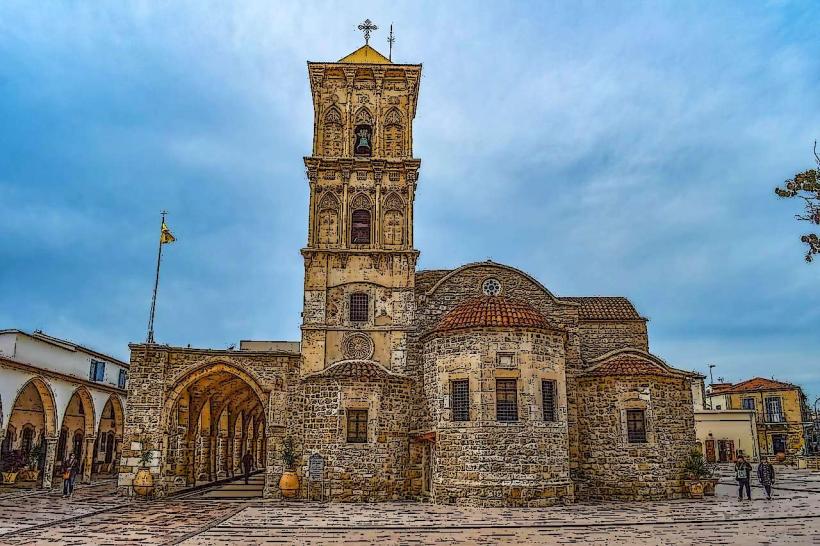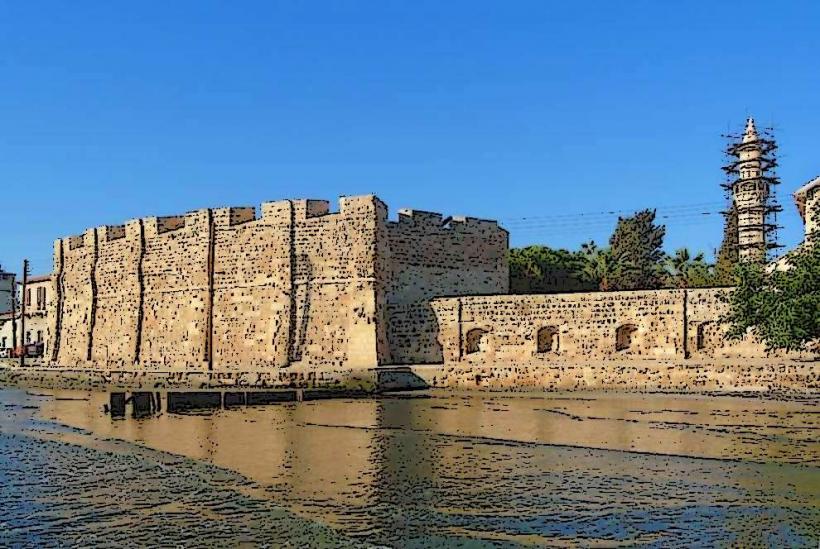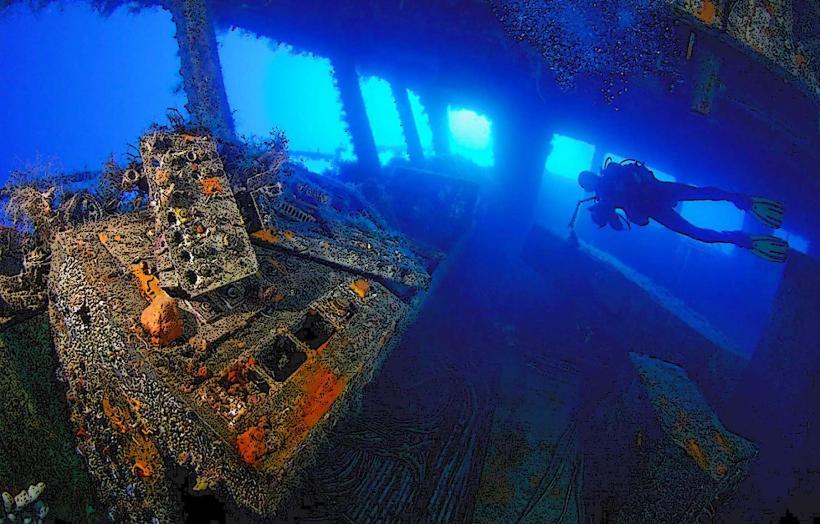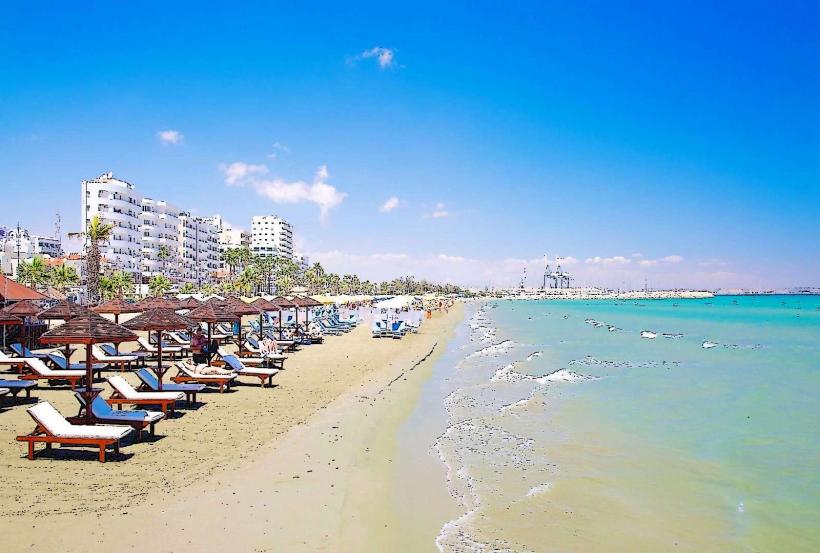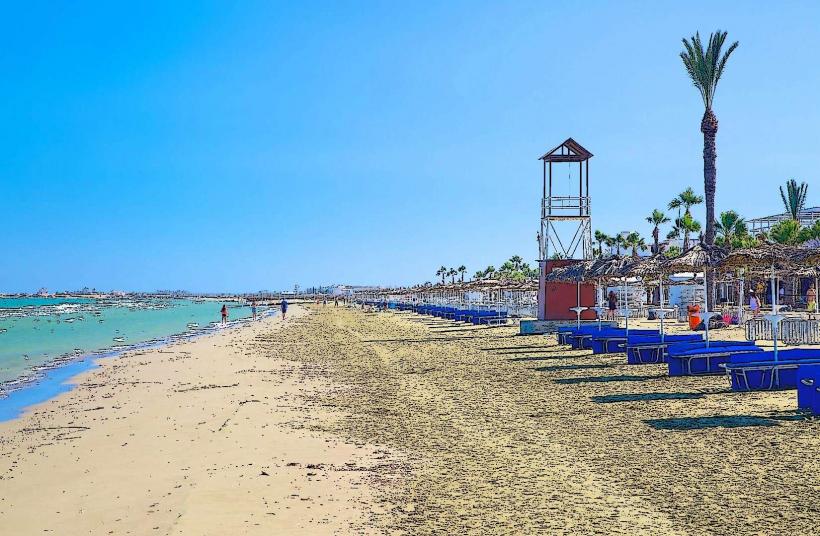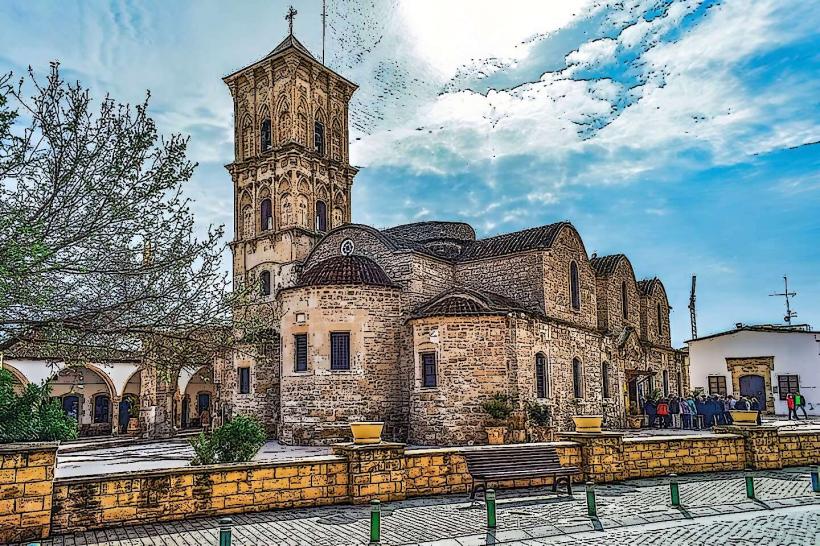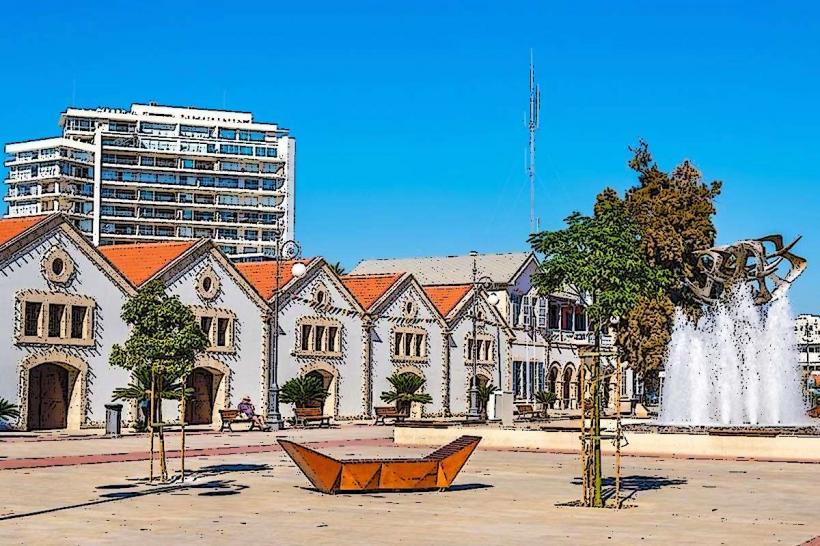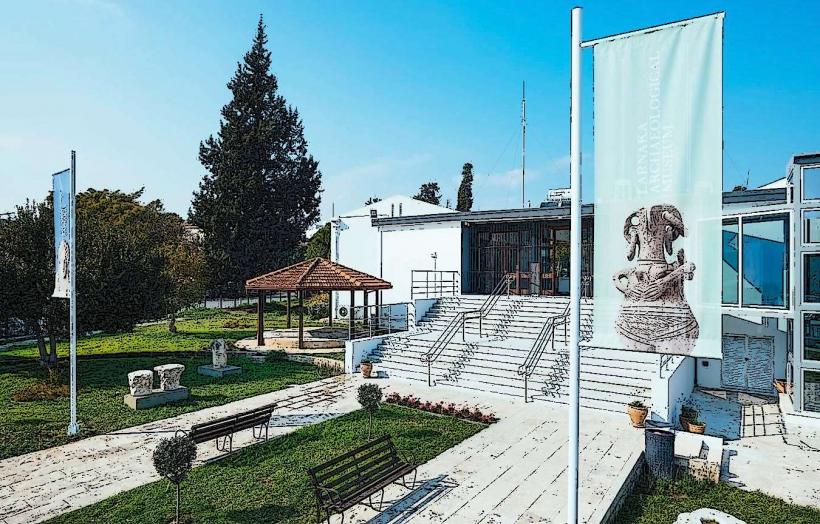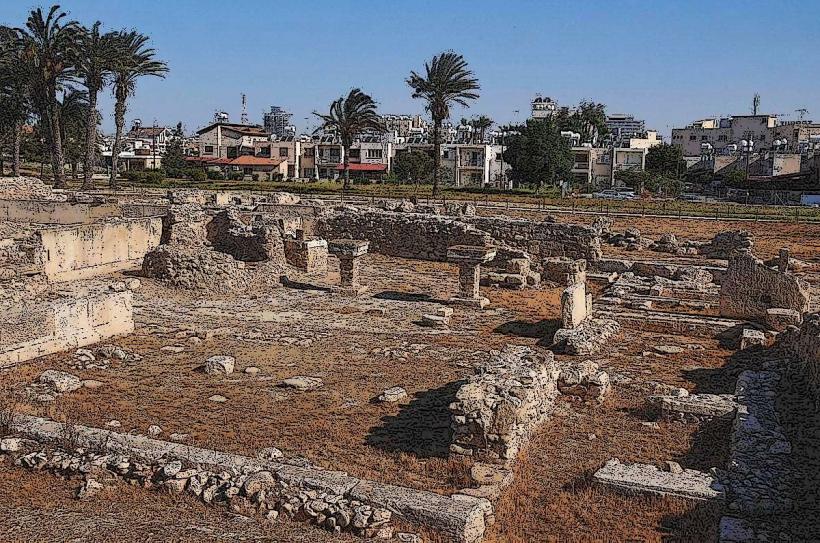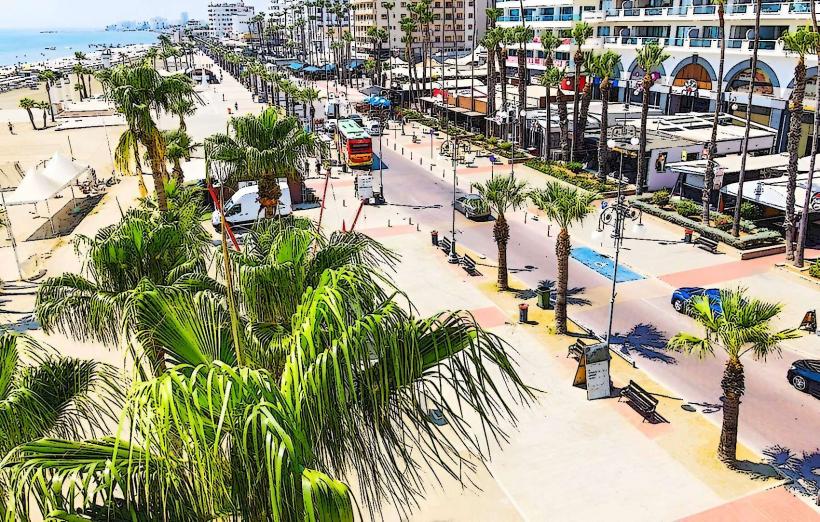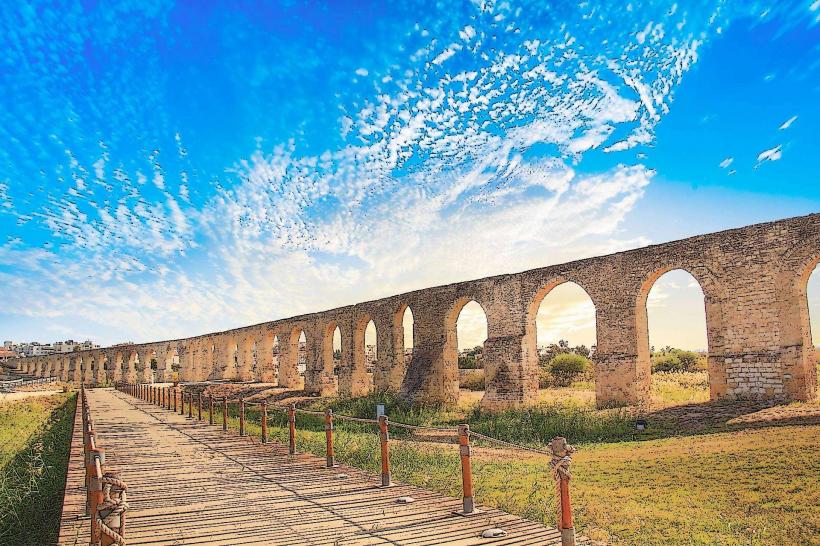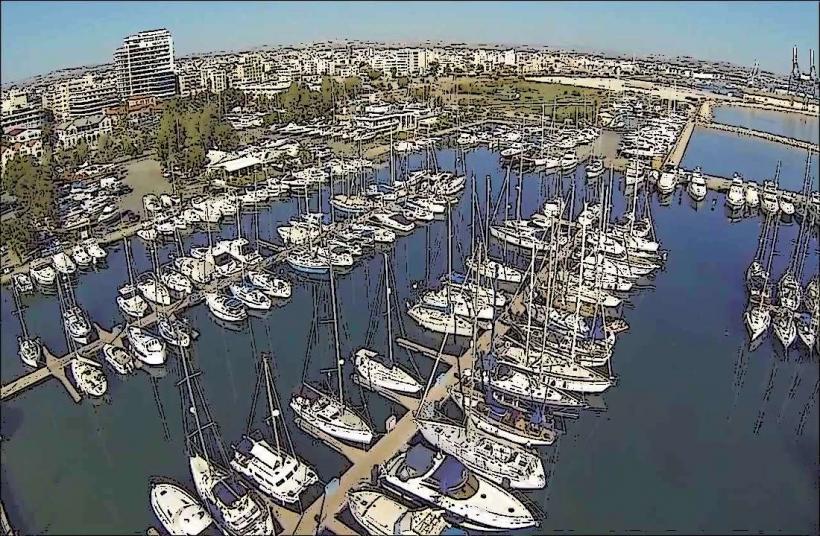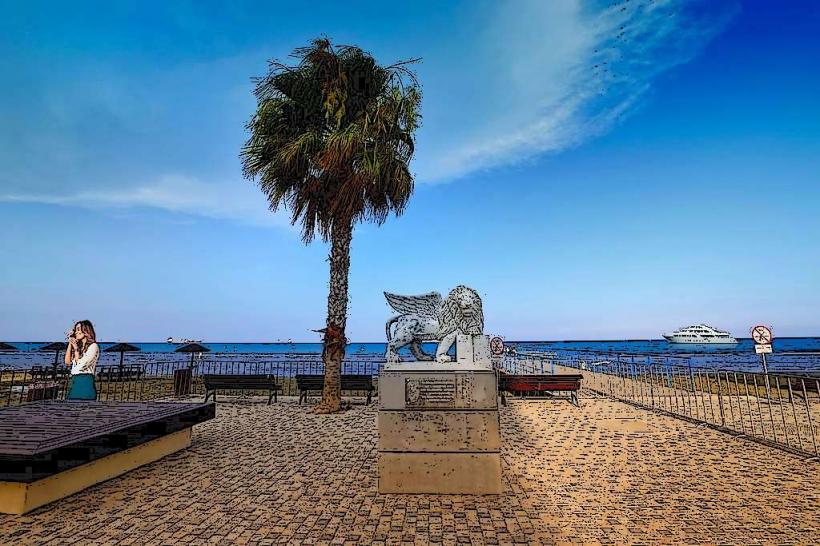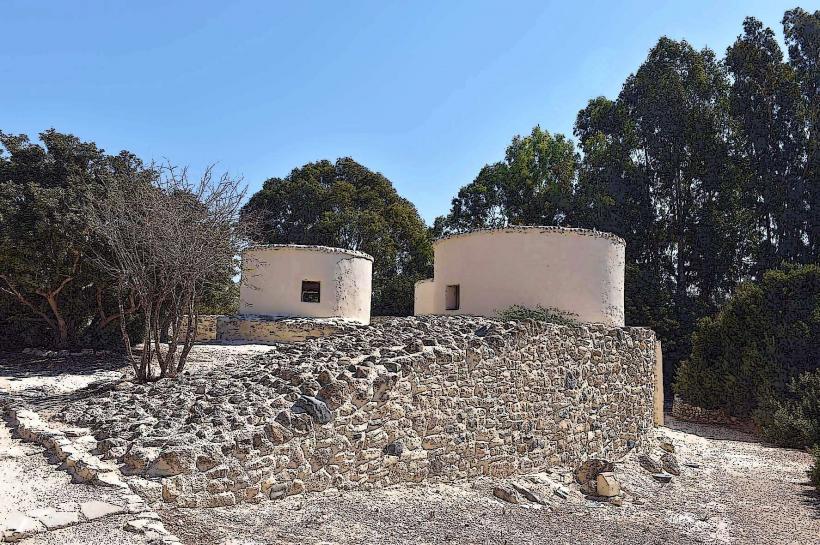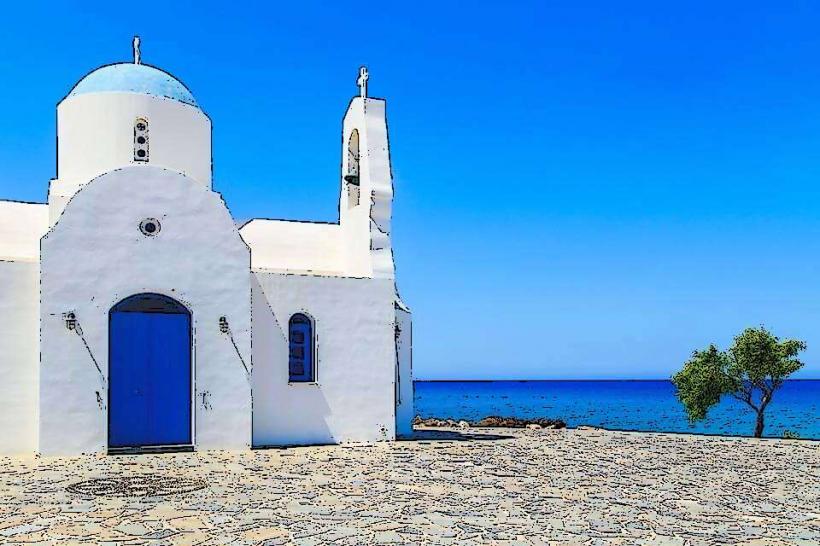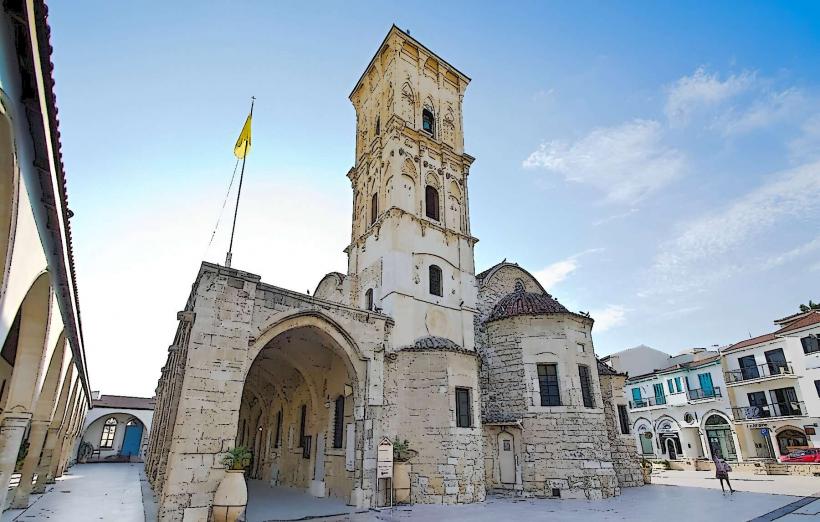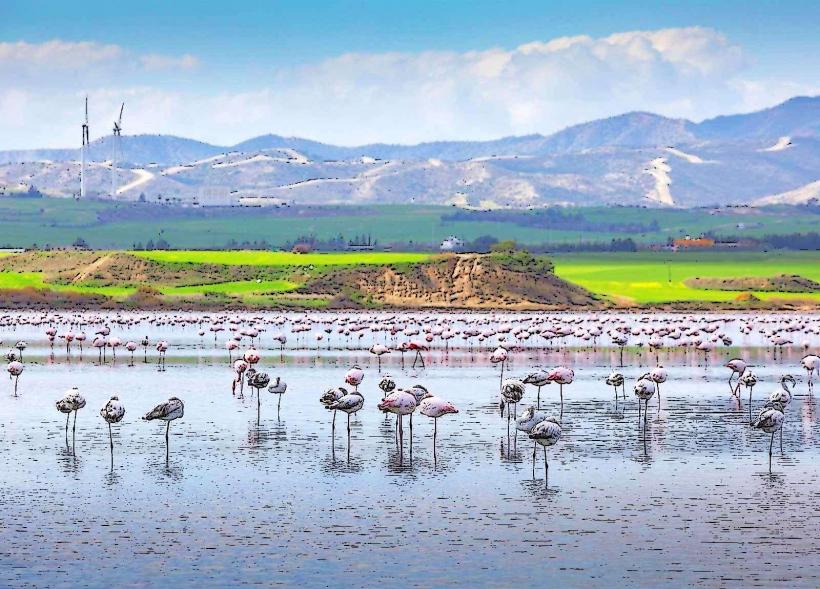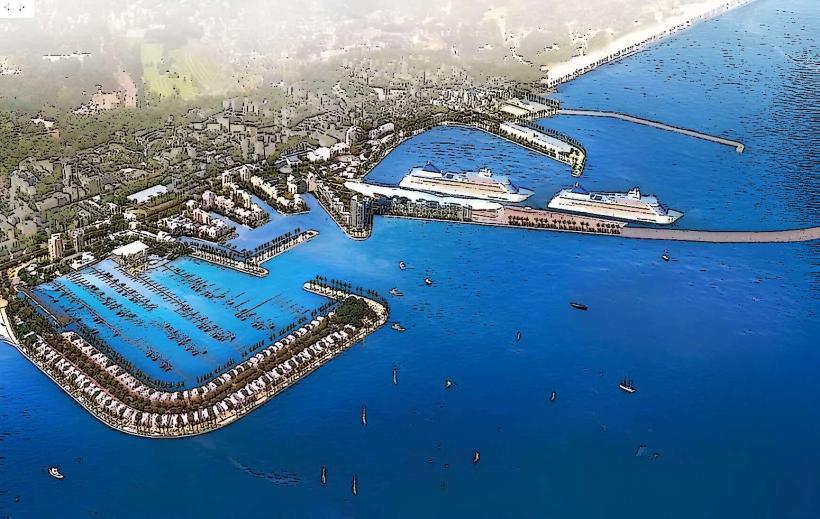Information
Landmark: Hala Sultan TekkeCity: Larnaca
Country: Cyprus
Continent: Europe
Hala Sultan Tekke is one of the most important and revered Islamic landmarks on the island of Cyprus. Located near Larnaca, on the western shore of the Larnaca Salt Lake, it is both a significant religious site and a historical monument. Here are the key details about Hala Sultan Tekke:
1. Historical and Religious Significance:
- Spiritual Importance: Hala Sultan Tekke is dedicated to Umm Haram, the aunt of the Prophet Muhammad, and is believed to be the burial site of this revered figure. According to Islamic tradition, Umm Haram was a companion of the Prophet and the wife of the Arab general Ubada ibn al-Samit. She is said to have died in Cyprus during the early years of the Islamic conquest of the island in the 7th century.
- Sufism and Islamic Heritage: The shrine is a prominent example of Islamic religious architecture and is part of the broader Sufi tradition. It draws Muslim pilgrims from Cyprus and beyond, especially during certain religious holidays such as the Mawlid al-Nabi (the Prophet Muhammad's birthday).
- Cultural Symbol: It also serves as a symbol of the peaceful coexistence of different cultures in Cyprus, as the mosque and its surrounding area have been a place of worship for centuries, even as the island’s religious and political landscapes have evolved.
2. Architectural Features:
- The Mosque: The main building at Hala Sultan Tekke is a mosque, which features traditional Ottoman architectural elements, such as a large dome, a minaret, and arched windows. The mosque is still an active site for worship, especially on Fridays during the Islamic holy day of Jumu'ah (Friday prayers).
- Tomb and Mausoleum: The tomb of Umm Haram is located within the mosque complex. It is a simple, yet significant, structure that has attracted worshippers and visitors for centuries. The mausoleum is surrounded by a walled courtyard, and visitors often pay respects at this sacred site.
- Surrounding Gardens and Environment: The mosque is set amidst lush gardens and is adjacent to the Larnaca Salt Lake, adding to the tranquil and spiritual atmosphere of the site. The surrounding area is peaceful and serene, making it an ideal place for reflection and contemplation. The contrast between the green gardens and the white salt flats of the lake is striking, especially during the migration season when flamingos visit the lake.
3. Role in Pilgrimage and Islamic Tradition:
- Pilgrimage Site: Hala Sultan Tekke is one of the most important Islamic pilgrimage sites in Cyprus. Every year, hundreds of Muslims visit to pray and pay their respects to Umm Haram. During certain times of the year, the mosque holds large gatherings for religious observances, and the shrine attracts both local and international Muslim visitors.
- Sufi Celebrations: The mosque hosts Sufi gatherings, prayers, and Zikr (remembrance of God), which are integral to the local Sufi community’s practices.
4. Cultural and Historical Context:
- Ottoman Influence: The current structure of Hala Sultan Tekke dates back to the Ottoman period (1571-1878), when the mosque was built or rebuilt as part of the Ottoman Empire's expansion into Cyprus. The Ottomans made significant contributions to the island's Islamic heritage, and many of the buildings from this period, including Hala Sultan Tekke, remain standing today.
- Cyprus’s Islamic History: The mosque is a key marker of Cyprus’s long and complex history of Islamic presence on the island. It reflects the island’s role in the spread of Islam throughout the Eastern Mediterranean, particularly during and after the Umayyad and Abbasid caliphates, when the island came under Muslim rule.
5. Access and Visitor Experience:
- Location and Accessibility: Hala Sultan Tekke is located approximately 4 km west of Larnaca, along the shore of the Larnaca Salt Lake. It is accessible by car and is a popular stop for both local and international tourists.
- Visitor Etiquette: Visitors are welcome to explore the mosque and its grounds, but it is important to respect the site’s religious significance. Dress codes are expected for those entering the mosque (modest clothing), and it is considered respectful to observe silence or prayer in the vicinity of the tomb.
- Guided Tours: Many visitors opt for guided tours to learn more about the history and significance of the site. The serene environment and beautiful natural surroundings make it a peaceful place for visitors to reflect on the history and culture of Cyprus.
6. Conservation and Preservation:
- Over the years, efforts have been made to preserve and maintain Hala Sultan Tekke, both in terms of its architectural integrity and its status as a place of worship and pilgrimage. The site is carefully managed to ensure that it continues to be a cultural and religious hub for Muslims, while also being accessible to those interested in the history and architecture of the island.
7. Role in the Cyprus-Islamic Community:
- Interfaith Relations: Hala Sultan Tekke holds a unique position in Cyprus due to the island’s history of religious diversity. While it is a site of Islamic pilgrimage, it is located in close proximity to Christian religious landmarks like the Church of St. Lazarus. This proximity symbolizes the coexistence of different faiths on the island, even as Cyprus continues to face political and religious challenges.
In summary, Hala Sultan Tekke is not only a key religious site for Muslims but also an important part of the cultural and historical landscape of Cyprus. Its serene location by the Larnaca Salt Lake, its historical significance as the resting place of Umm Haram, and its role as a pilgrimage destination make it one of the island’s most cherished landmarks.

